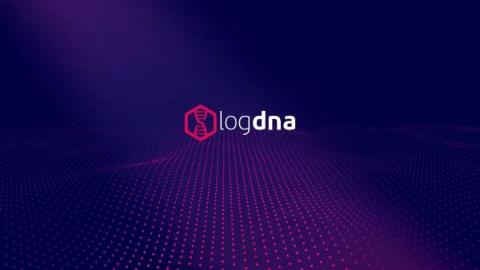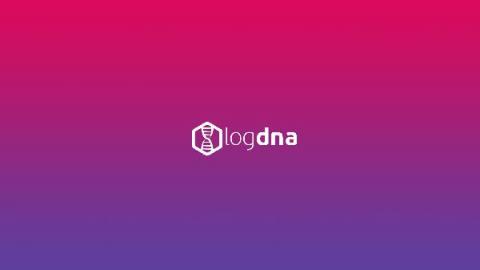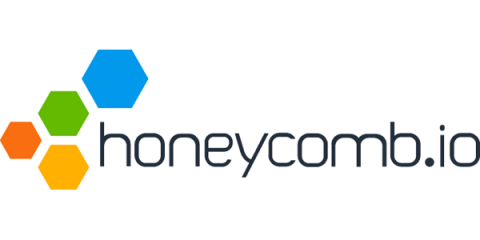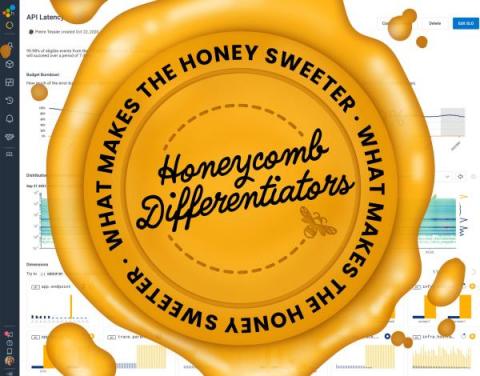Vendor Switching With OpenTelemetry (OTel)
You might already know that OpenTelemetry is the future of instrumentation. It’s an open-source and vendor-neutral instrumentation framework that frees you from the trap of using proprietary libraries simply to understand how your code is behaving. Best of all, you can instrument your applications just once and then take that instrumentation to any other backend system of your choice. This blog shows you exactly how to use OpenTelemetry to ✨break the vendor lock-in cycle.✨










